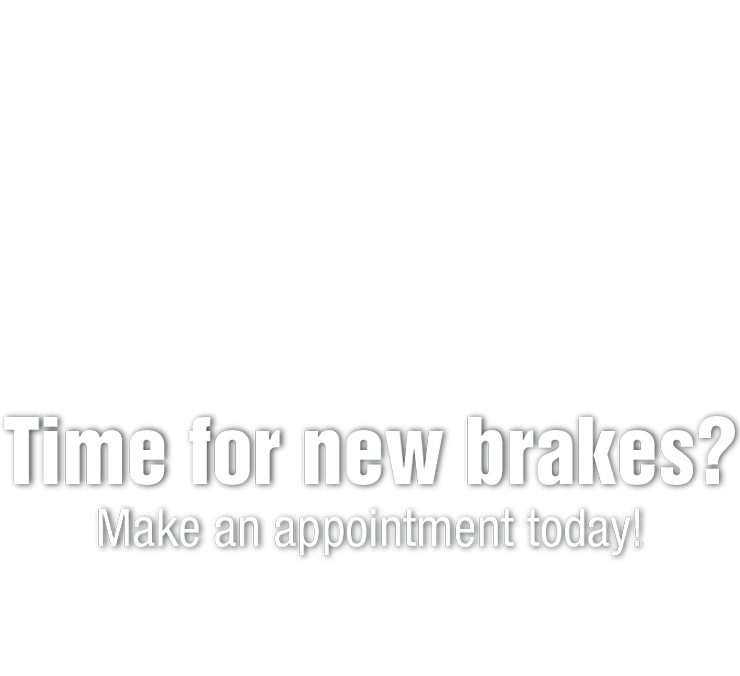Slippery When Wet (Driving on Wet Leaves)
April 6, 2025
When the leaves fall, you might take a sightseeing trip to see them at peak color. Or you may simply live in a spot where there are a lot of trees. When those leaves get wet, you'd be surprised to learn just how slippery they can be.
We all know ice is slippery to drive on. What causes tires to slip on ice is a thin layer of water that comes between the road and your tires. Wet leaves can have the same effect. The surfaces of leaves are super slick when they're dry, even worse when you add a little moisture. There's one other thing about leaves. They are smaller than each tire's footprint, so your tread grips the pavement with uneven traction.
One study showed that your stopping distance can more than double on a surface covered with wet leaves when compared to that same road when it's dry. Double! That can spell trouble. So if you find yourself heading into an area with wet leaves on the road, slow down before you get into a jam. If you do start skidding, use the same driving techniques as you would on ice. Let off the accelerator, resist jamming on the brakes and steer into the skid. Again, speed can get you into trouble fast on a slippery surface.
One thing that can help is having tires that are appropriate for the way you drive and the places you travel. Your service advisor can offer suggestions for tires that are right for you. Have a technician examine your tread depth and the condition of your tires' rubber. Sun can break down rubber over time, and age can cause tires to fail, even if their tread seems to be deep enough.
Your tire is the point of traction between your vehicle and the road. Uncontrolled skids spell trouble and danger. Slow down when you see wet leaves on the road. They can make traction disappear before you know it.
Car Fix Waukegan
119 South Green Bay Road
Waukegan, IL 60085
8478738403
http://carfixwaukegan.com
Need Service?
More articles from Car Fix - Waukegan

The Truth about Tire Pressure (Tire Inflation)
April 13, 2025
Most light vehicles (under 10,000 pounds/4,500 kg) in North America sold from 2008 model year on have a feature that many people are confused about. It's the tire pressure monitoring system (TPMS). You may have some experience with it yourself if you own a newer vehicle. Vehicles with TPMS hav... More

Some New Boots (Suspension Maintenance)
April 11, 2025
There are some boots that don't come in a shoe box and aren't worn on your feet. They are called axle or CV boots, and they can be important parts for many vehicles. That CV stands for constant velocity. CV axles are mainly used in front-wheel drive and all-wheel drive vehicles. They're also us... More

The Turn Signal Mystery (Turn Signal Problems)
April 10, 2025
Some problems are easy to diagnose on a vehicle; others aren't. Figuring out what's wrong with a malfunctioning turn signal sometimes fits into both categories. By the way, if your tempted to just leave your broken blinker broken, remember you can get a ticket for not using them, not to mention... More








